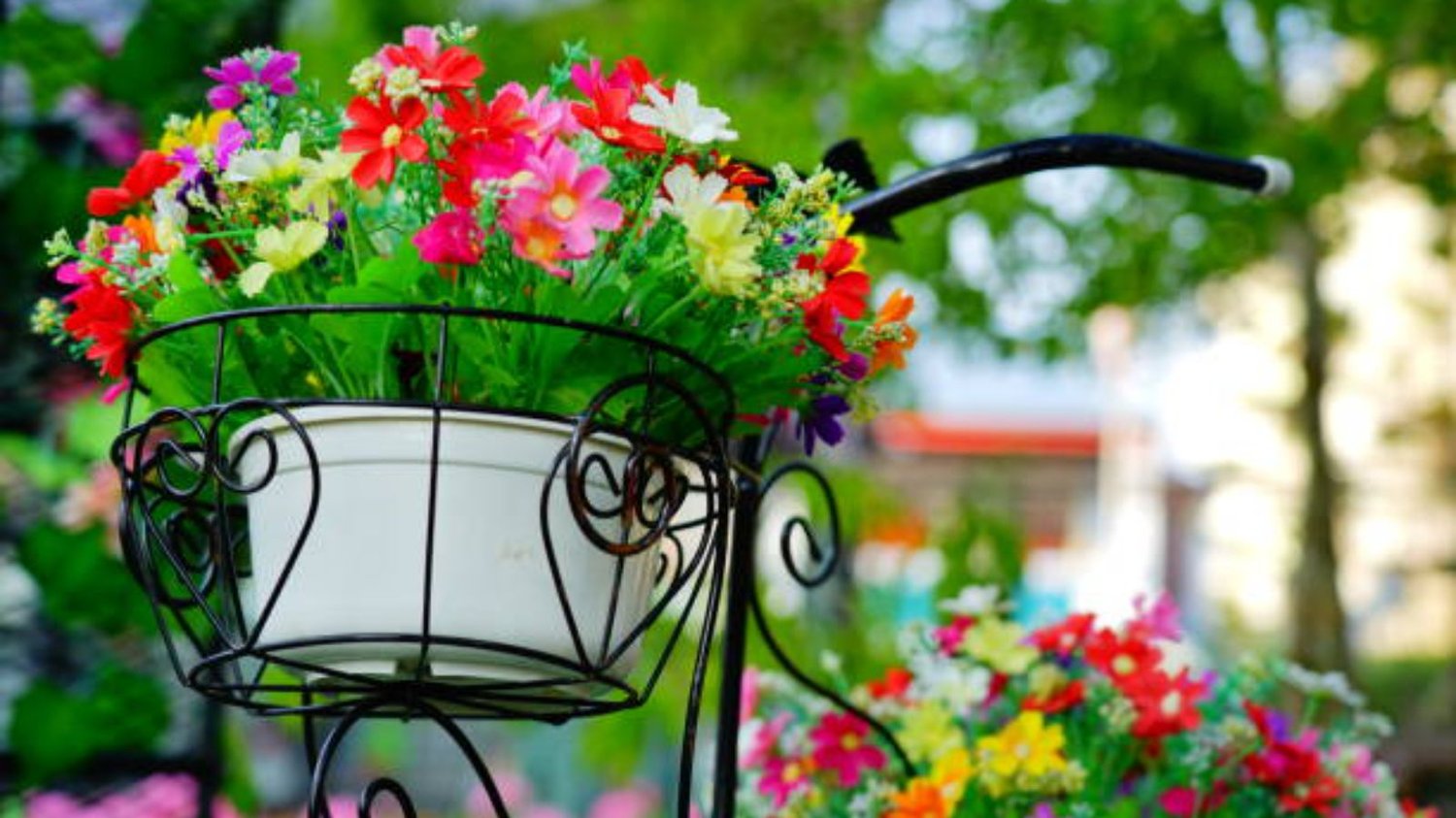What to line a metal planter with??
Planters are a fantastic way to showcase your favorite flowers, herbs, or vegetables. Metal planters, in particular, bring an element of sophistication to any garden or indoor space. However, using them without lining can cause damage to your plants and the planter itself. So, what are the best options to line your metal planter with? Here are ten different options to consider:
Polythene
Polythene is a thin, plastic material that is a popular lining option for metal planters. It is affordable, easy to cut and fix, and helps to prevent water from leaking out of the planter. However, polythene liners lack the breathability that plants need, which can lead to root rot or mold growth.
Liner Fabric
Liner fabric is another popular choice for lining metal planters. It is an excellent option for growing smaller plants, vegetables, and herbs. Liner fabric is permeable, allowing moisture and air to flow freely through the soil, promoting root growth. However, you'll need to ensure that the fabric is securely positioned to prevent soil from escaping the pot.
Coco Coir
Coco coir is made from the fibers of the coconut husk. It is an excellent organic option for lining metal planters as it provides excellent moisture retention. Coco coir is also environmentally friendly as it is a renewable resource, making it an excellent option for eco-conscious gardeners.
Moss
Moss is a great natural lining option for metal planters that require ample moisture retention. Its porous structure provides a remarkable drainage system without allowing soil to escape or clump. One downside to using moss is its tendency to dry out quickly if the surrounding environment is too hot.
Liner Trays
Liner trays are custom-made to fit into metal planters, providing an excellent alternative to traditional lining materials. They provide an instant drainage system while protecting the metal planters from corrosion. However, liner trays are not the most budget-friendly option on our list.
Burlap
Burlap is another natural lining material that is ideal for lining metal planters. Its breathable properties allow water and air to flow freely into the soil while preventing erosion. One downside to using burlap is that it may dry out too quickly, requiring frequent watering.
Newspaper
Newspaper is a biodegradable and budget-friendly option that provides exceptional moisture retention. The porous structure allows water to flow freely while preventing soil from escaping. However, it is not the most aesthetically pleasing option and may lose its effectiveness over time as it begins to break down.
Plastic Sheets
Plastic sheets are an affordable and readily available option for lining metal planters. They provide a decent moisture retention system while protecting the planter from corrosion. However, plastic sheets aren't the most environmentally friendly option as they are not biodegradable and may not allow for proper airflow to the soil.
PE Film
PE film is another affordable option that is moisture-proof, transparent, and protective. It is easy to install, leading to its popularity as a lining option for metal planters. However, we advise that you use caution when handling it as it is prone to tearing and puncturing.
Gravel and Landscape Fabric
If you're looking for a long-lasting and sturdy option that provides maximum drainage, gravel and landscape fabric would do the job. Landscape fabric is permeable, allowing moisture and air to flow through while preventing weeds from growing. The gravel provides a sturdy, long-lasting base that protects the metal planter from corrosion while providing excellent water drainage.
Conclusion
The material you choose to line your metal planter with can either make or break your planting experience. While there are numerous options to choose from, ensure you determine the right one for your plants and environment. Factors like drainage, breathability, and moisture retention should guide your choice.

